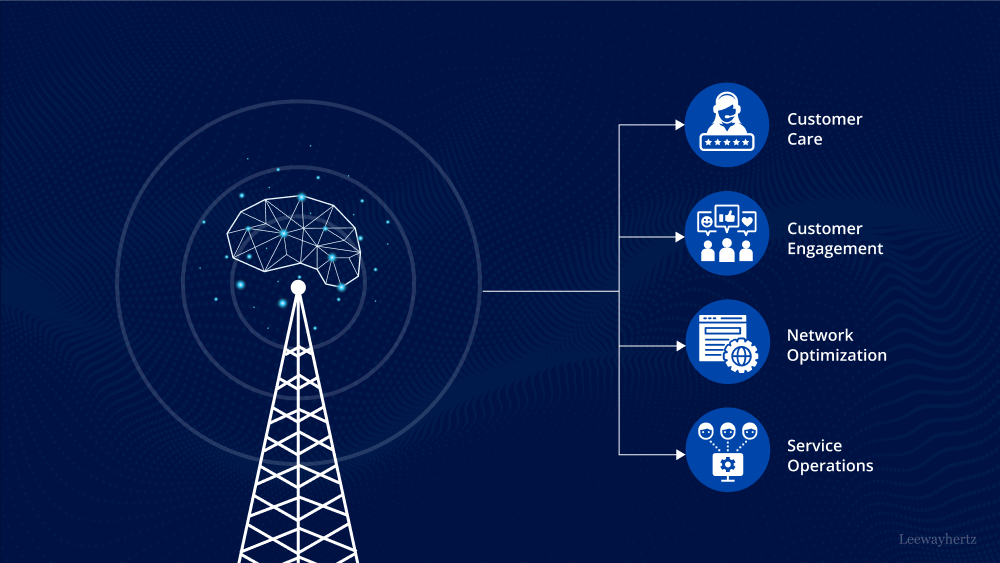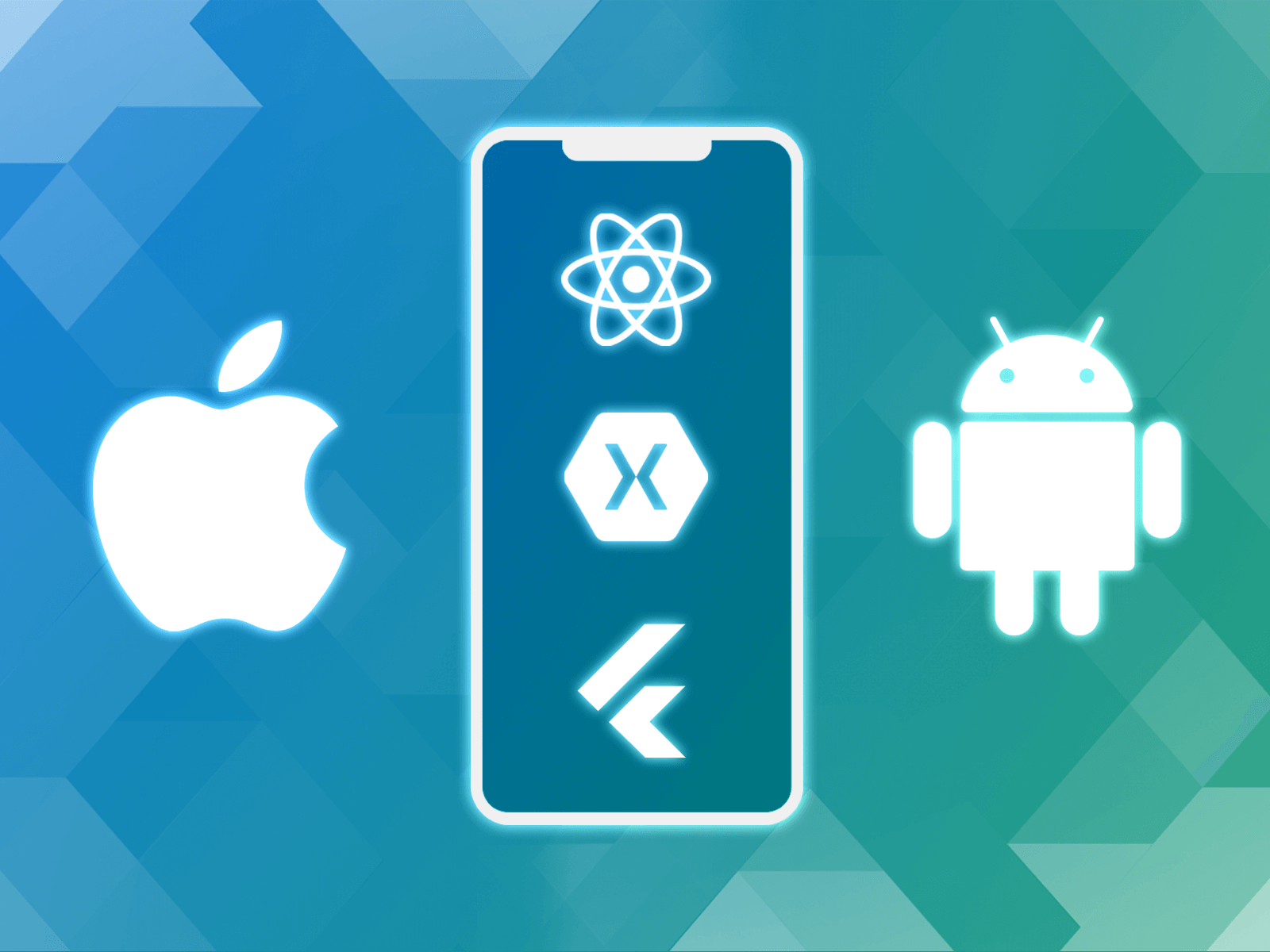The Challenge:
A prominent telecom provider was grappling with two critical issues: inefficient network performance leading to customer dissatisfaction and escalating maintenance costs. Their traditional methods of network management, which relied heavily on historical data and manual adjustments, were proving inadequate in the face of dynamic traffic patterns and the ever-increasing complexity of their infrastructure. This resulted in:
- Suboptimal Resource Utilization: Network resources (bandwidth, spectrum, hardware) were often underutilized in some areas while being overstretched in others, leading to bottlenecks and degraded service quality.
- Reactive Maintenance: Issues were typically addressed after they occurred, leading to downtime and costly emergency repairs.
- Lack of Predictive Capability: Without a robust way to anticipate future network demands, proactive optimization was difficult, if not impossible.
The Solution: Embracing Generative AI
Recognizing the limitations of their existing approach, the telecom company decided to explore the potential of generative AI. Their goal was to move from a reactive to a proactive network management strategy. They implemented a system that incorporated generative AI algorithms, specifically focusing on:
- Predicting Traffic Patterns:
- Data Collection: A vast amount of historical and real-time network data was collected, including call data records, data usage, device types, location information, time of day, and even external factors like public events or weather patterns.
- Generative Adversarial Networks (GANs) and Variational Autoencoders (VAEs): These generative AI models were trained on this extensive dataset. Unlike traditional predictive models that simply forecast a single value, GANs and VAEs could learn the underlying distribution of network traffic and generate synthetic but realistic traffic scenarios. This allowed the system to understand not just what traffic looked like, but also how it could evolve under various conditions.
- Probabilistic Forecasting: By generating multiple plausible future traffic scenarios, the AI could provide probabilistic forecasts, giving the company a more comprehensive understanding of potential peak loads and quiet periods.
- Optimizing Resource Allocation:
- Reinforcement Learning (RL): The generative AI’s traffic predictions were then fed into a reinforcement learning framework. The RL agent was trained to make optimal decisions regarding resource allocation (e.g., dynamically adjusting bandwidth, reconfiguring cell towers, allocating virtual network functions) to maximize network performance and minimize operational costs.
- Simulation Environment: A digital twin of the network was created, allowing the RL agent to experiment with different allocation strategies in a simulated environment without impacting the live network. The generative AI’s ability to create diverse traffic scenarios was crucial here, enabling the RL agent to train on a wide range of realistic conditions.
- Automated Adjustments: Based on the optimized strategies learned through RL, the system could then recommend or even automatically implement real-time adjustments to network configurations.
The Results: Significant Savings and Improved Performance
The implementation of generative AI yielded remarkable results for the telecom company:
- 15% Reduction in Operational Costs: By precisely predicting traffic and optimizing resource allocation, the company significantly reduced energy consumption, minimized the need for expensive hardware upgrades, and streamlined maintenance schedules. Resources were utilized more efficiently, leading to less waste.
- Improved Network Performance: Proactive optimization led to fewer network bottlenecks, reduced latency, and higher data speeds for customers, translating to a noticeable improvement in overall service quality and customer satisfaction.
- Enhanced Predictive Maintenance: The ability to predict future network stress points allowed for scheduled, preventive maintenance rather than reactive repairs, further reducing costs and downtime.
- Agility and Scalability: The AI-powered system provided the agility to adapt quickly to changing network demands and the scalability to manage future network growth more effectively.
Key Takeaways:
This case study demonstrates the transformative power of generative AI in the telecommunications sector. By moving beyond traditional analytics to generate insights and scenarios, companies can achieve unprecedented levels of network optimization. The ability to predict, simulate, and proactively adjust network resources based on intelligent, AI-driven foresight is a game-changer for enhancing efficiency, reducing costs, and ultimately, delivering a superior customer experience.
Generative AI is not just about creating content; it’s about creating a more intelligent, efficient, and resilient future for our critical infrastructures.




